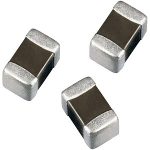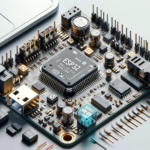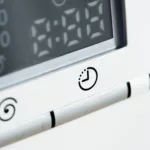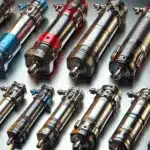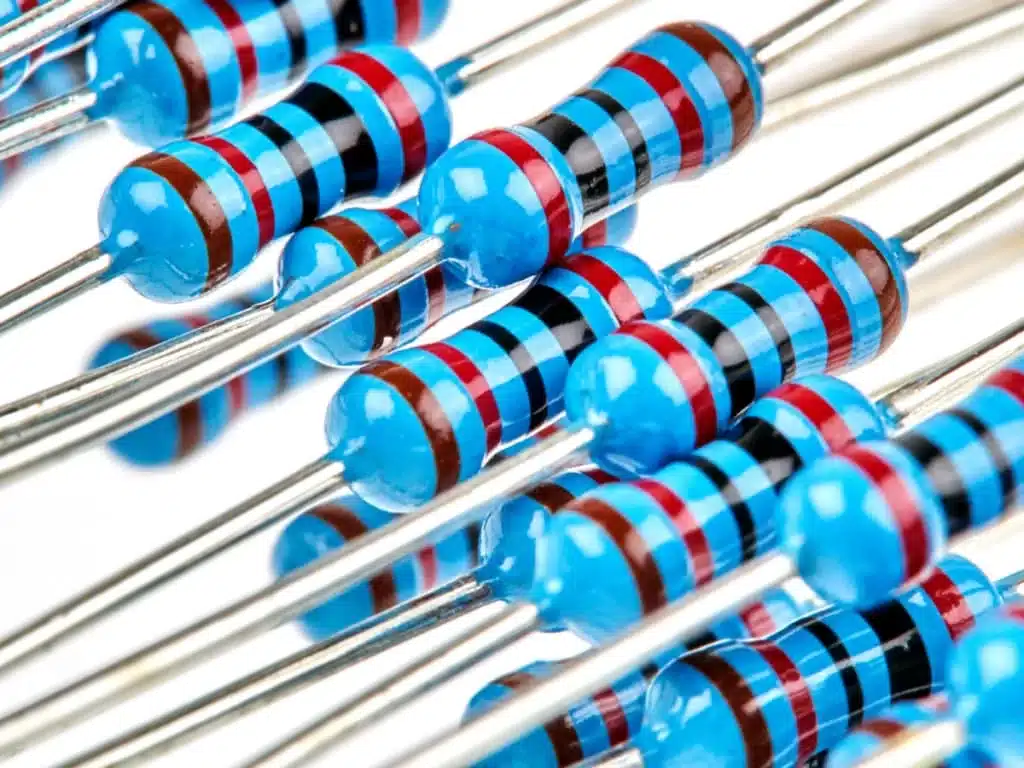
Resistors are considered among the most vital components in an electronic circuit. Their function can go from providing power to preventing short circuits. Therefore, resistors are an integral part of every power supply and build with the electronics that you use on a routine basis.
Fixed Resistors are the most commonly used resistors in electronic circuits as the name indicates, they have fixed resistance values that cannot be varied. In other words, this is ohmic resistance that cannot be adjusted. They are usually available in axial led and surface mount packages and other customized options majorly depending upon their applications. Axial led resistors used to be popular but nowadays the surface mount resistors are making fixed resistors more popular.
Types of Fixed Resistors
There are different types of fixed resistors available in the market. Some of the main types are as follows:
- Wire wound resistors
- Carbon composition resistors
- Carbon film resistors
- Metal film resistors
- Metal-oxidede film resistors
- Metal glaze resistors
- Foil resistors
Wire Wound Resistors
The wire-wound resistor is a sort of component that is constructed by winding a metal wire around a metal core. The metal wire performs as the resistive element to the electrical current. The resistance is imposed by the metal wire. The metal core performs as the conductive material but it does not let the electric current pass through it. The metal wires are generally either nichrome or manganin because of their high resistance to electric current.
Carbon Composition Resistors
The carbon composition resistor is also a passive component that restricts the electric current to a certain extent. These are constructed from cylindrical resistive elements that feature embedded metal end caps. The cylindrical resistive element is made from a mixture of ceramic and carbon powder. This carbon powder has good electrical conductance properties. These resistors were the most used types in the early 1960s. However, nowadays they rarely used because of their low stability and high cost.
Carbon Film Resistors
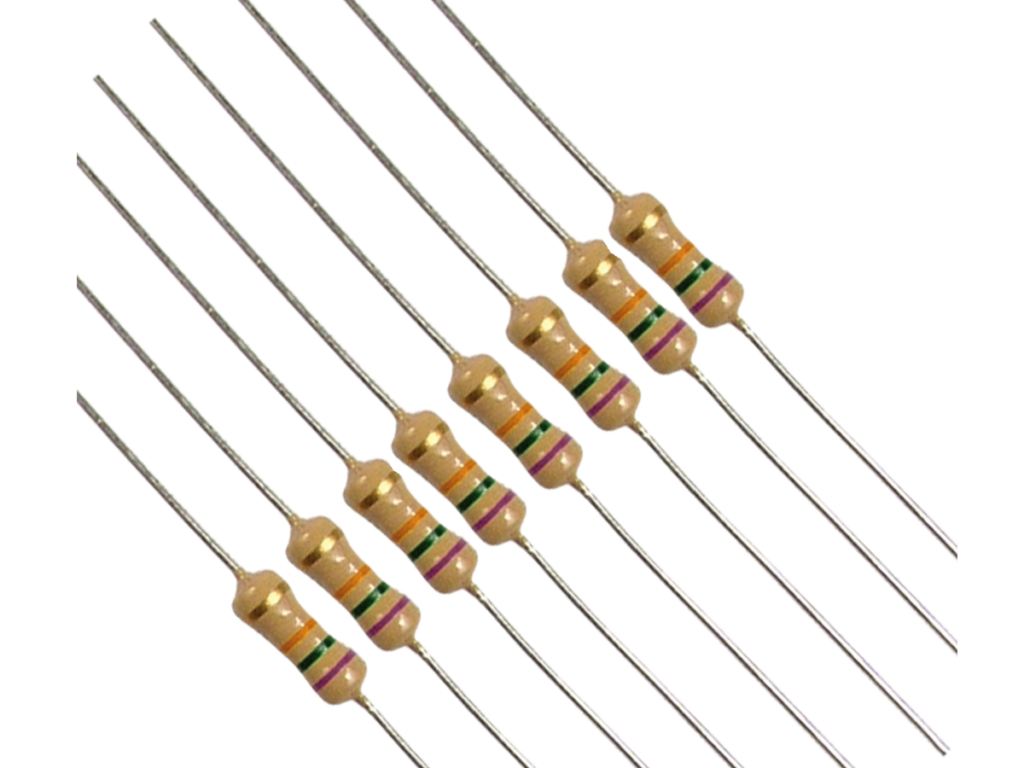
Carbon film resistors are popularly used in electric circuits. these resistors are constructed by placing the carbon film on a ceramic substrate. The carbon film has resistive properties due to which it is used as the main resistive element in these resistors. Whereas ceramic functions as the insulating material to the electric current.
The resistive element has metallic end caps fitted at both of their ends. The leads are constructed from copper and attached to the two ends of the end caps. The carbon film resistors operate by creating less noise than the carbon composition resistors.
Metal Film Resistors
The metal film resistor is a Passive Components that uses a metal film to restrict the flow of electric current to a certain extent. They are similar in construction to the carbon film resistors. The main difference is the material that is used in the composition of the film. The film is constructed from metal for the electric flow adjustment.
Metal film resistors have a low-temperature Co-efficient of Resistance. The rate at which the resistance of the material goes through some changes with rising temperature is called TCR.
Metal Oxide Film Resistors
The materials used in forming the resistive film are made from metal oxide such as tin oxide. They have a similar construction to the metal film resistors except for the material used for the film. These are less expensive compared to carbon composition resistors. They are known for operating at high temperatures.
Metal Glaze Resistors
In this resistor, a mixture of metal particles and glass powder is used to restrict the flow of electric current to a certain extent. These Resistors have decreased TCR also known as the temperature Co-efficient of resistance. From TCR we can tell that when the temperature increases, the resistance of the material will also change. Metal glaze resistors commonly used in nuclear devices, IR image converters, communication devices, navigational radar, particle accelerators, voltage dividers, etc.
Foil Resistors
The most precise and stable components that used to restrict current flow are foil resistors. These resistors comparatively generate less noise than other types of Fixed Resistors. Another name used for foil resistors is high-precision resistors and they have reduced TCR. They used in audio components, oil rings, aviation, electronic sales, etc.
Conclusion
After briefly being introduced to the various resistor types you will have some idea about their composition and applications. It is always important to well informed regarding such electronic components before purchasing them as this will help you avoid any wrong purchases. Therefore, make sure that the fixed resistors you choose are suitable for the application you will use them.







